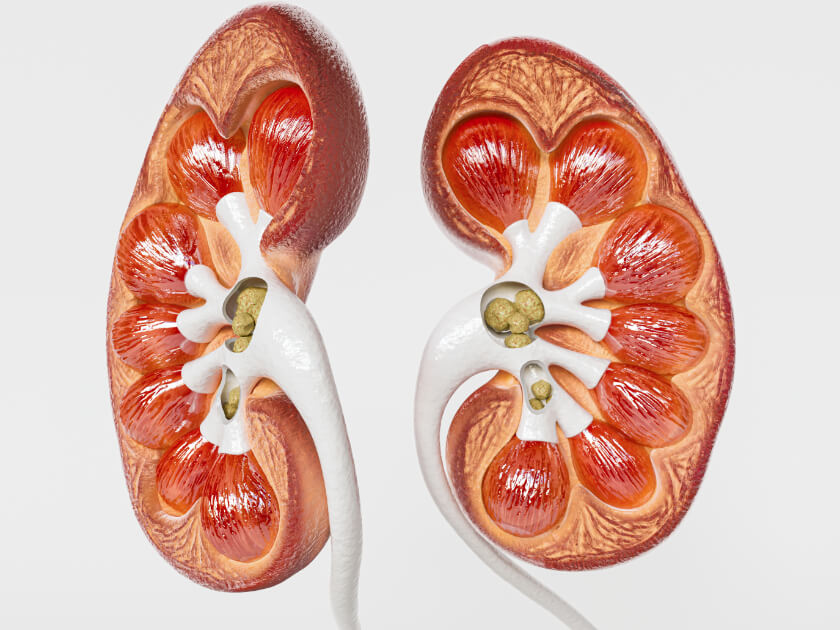
November is COPD Awareness Month

Every November, healthcare professionals and patients come together to share information about chronic obstructive pulmonary disease (COPD), a group of diseases that make it hard to breathe. During COPD Awareness Month, doctors and others help inform the public about COPD, its symptoms and treatments by holding events, posting on social media, and sharing personal stories about living with the condition. Learning about the function of lungs, how COPD affects that function, symptoms, risk factors, prevention and treatment can help people deal with COPD and even avoid the disease.
What Healthcare Professionals Want You to Learn During COPD Awareness Month this November
COPD is a respiratory conditions that damages your lungs
COPD affects the way the lungs work to exchange oxygen and carbon dioxide. Healthy lungs draw air into elastic air sacs, which stretch and deflate like balloons. Small blood vessels lining the air sacs absorb oxygen from the air and get rid of carbon dioxide and other toxins collected from around the body. Millions of tiny hairs, known as cilia, keep the lungs clear by sweeping dirt and mucous out of the airway.
Emphysema and chronic bronchitis are the two main types of COPD. In emphysema, the air sacs of the lungs are enlarged, and lose their ability to inflate and shrink back. Chronic bronchitis destroys cilia, which prevents the cilia from doing their job of removing mucous and dirt from the lungs.
Symptoms of COPD
Symptoms of COPD include:
- Frequent coughing
- Wheezing
- Excess production of phlegm, mucous, or sputum
- Shortness of breath, also known as dyspnea
- Trouble taking a deep breath
COPD is chronic, progressive, and can flare up
COPD is chronic, which means people with the condition experience symptoms continually. It is also a progressive condition, which means it worsens over time.
The symptoms of COPD can worsen, or flare up, in episodes known as exacerbations. During an exacerbation of COPD, the patient may experience worsening shortness of breath, a greater volume of sputum, and thick yellow/green sputum.
COPD is common
During COPD Awareness Month, healthcare professionals help the public learn about the scope of COPD. More than 16 million people in the United States have COPD, according to the Centers for Disease Control and Prevention (CDC). Millions more have COPD, but have never received a diagnosis – they are also not receiving treatment that could help them breathe easier.
Healthcare professionals also want the public to know that COPD is the sixth overall leading cause of death in the nation, behind heart disease, COVID-19, cancer, accidents, and stroke. COPD claimed 148,512 lives in 2020, according to the American Lung Association. Most deaths from COPD occurred in people who were aged 65 and older. Fortunately, death rates from COPD in this age group are declining.
Smoking is the primary cause of COPD, but it is not the only cause
About 85 to 90 percent of all cases of COPD are the result of cigarette smoking. A burning cigarette emits more than 7000 chemicals, many of which are harmful. The toxins in these chemicals weaken the lung’s defenses, narrows airways, trigger swelling in air passages, and damage air sacs, which all contribute to the development of COPD.
COPD can affect non-smokers too. Long-term exposure to secondhand smoke, pollution, industrial fumes and chemicals can also cause COPD.
Still, smoking increases your risk for developing COPD and for dying from the disease. Female smokers are almost 13 times more likely to die from COPD than are female non-smokers, for example, and male smokers are nearly 12 times more likely to perish from COPD than are their non-smoking counterparts.
Doctors can diagnose COPD and recommend treatment
To diagnose COPD, doctors review the patient’s personal health history and symptoms. After listening to the patient’s lungs, doctors may order a chest x-ray; the images may show signs of COPD, such as enlarged lungs, air pockets, or a flattened diaphragm. A CT scan can identify emphysema and detect other changes of COPD, such as enlarged arteries in the lungs. Doctors often order spirometry to measure the amount of air the patient can inhale or pulmonary function tests to determine how well the lungs are working.
While there is no cure for COPD, treatment can make it easier to breathe. Treatment includes quitting smoking, increasing exercise, oxygen therapy, and medications, such as steroids, inhalers, and antibiotics.
COPD is preventable
Smoking is the most common cause of COPD, so the best way to prevent COPD is to stop smoking and avoid secondhand smoke. Non-smokers can avoid air pollution, industrial fumes and chemicals.
Celebrating COPD Awareness Month
Patients and their doctors, family members, caregivers and friends can help spread the word about COPD during the month of November. Many lung doctors and nursing organizations hold public events in which they share information about COPD. Patients, family members and caregivers share their personal stories about the condition, and exchange tips on how to live with COPD. The National Institutes of Health is celebrating the event with the Learn More Breathe Better® program that offers videos, fact sheets, articles, infographics, social media resources, and more.




